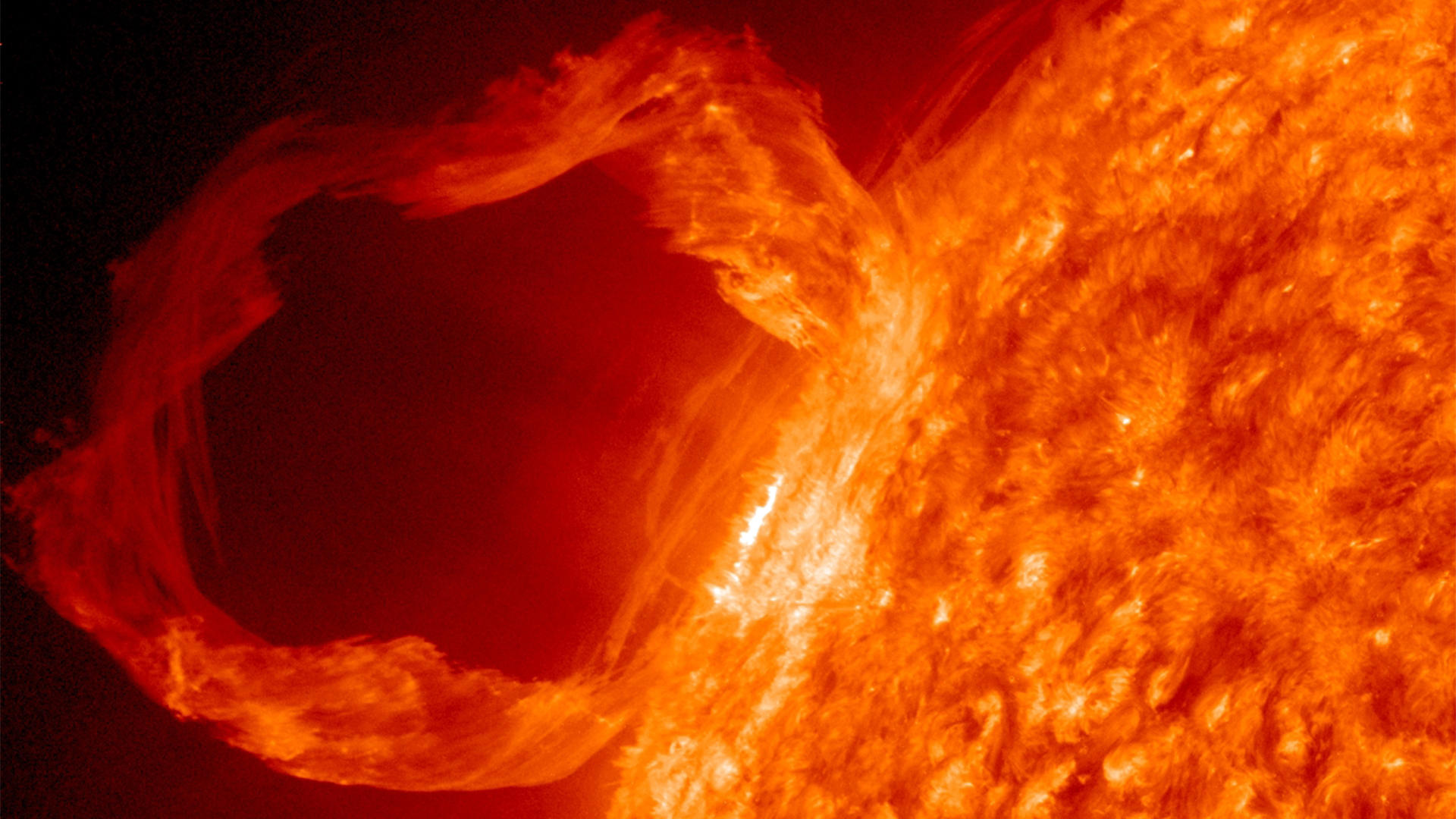Visitors were able to find out about our dynamic Sun, the life cycle of stars and a whole galaxy of interesting concepts and ideas. They were able to experience new ways of learning about scientific research through our audio visual exhibits including films, interpretation boards and hands-on activities that everyone could enjoy. Scientific research from the University of Central Lancashire in astrophysics, ecology and engineering was displayed in a variety of interactive formats.
Visitors found out answers to the following questions:
- What’s a Stellar Explosion?
- What do you know about the Sun, our closest star?
- Do you know what a Black Hole is?
- Why do certain worms react to White Night light conditions?
- What’s a Light Echo?
- How are plasmas created?
- How are stars born?
- What do stone circles tell us about what our ancestors thought about the Sun, the moon and the stars?
This exhibition was particularly suitable for year 6 school groups, and was also open to families and anyone with an interest in science. It was funded by the Science and Technology Facilities Council and was delivered in collaboration with the Beacon Museum, Whitehaven.
A full evaluation of this exhibition is currently being undertaken and a summary of findings will be published in due course.
This exhibition showcased the work of the University of Central Lancashire’s research teams, in particular:
- Professor Robert Walsh
- Professor Derek Ward-Thompson
- Dr Mark Norris
- Dr Joanne Pledger
- Dr Nathalie Renevier
- Dr Kevin Butt

